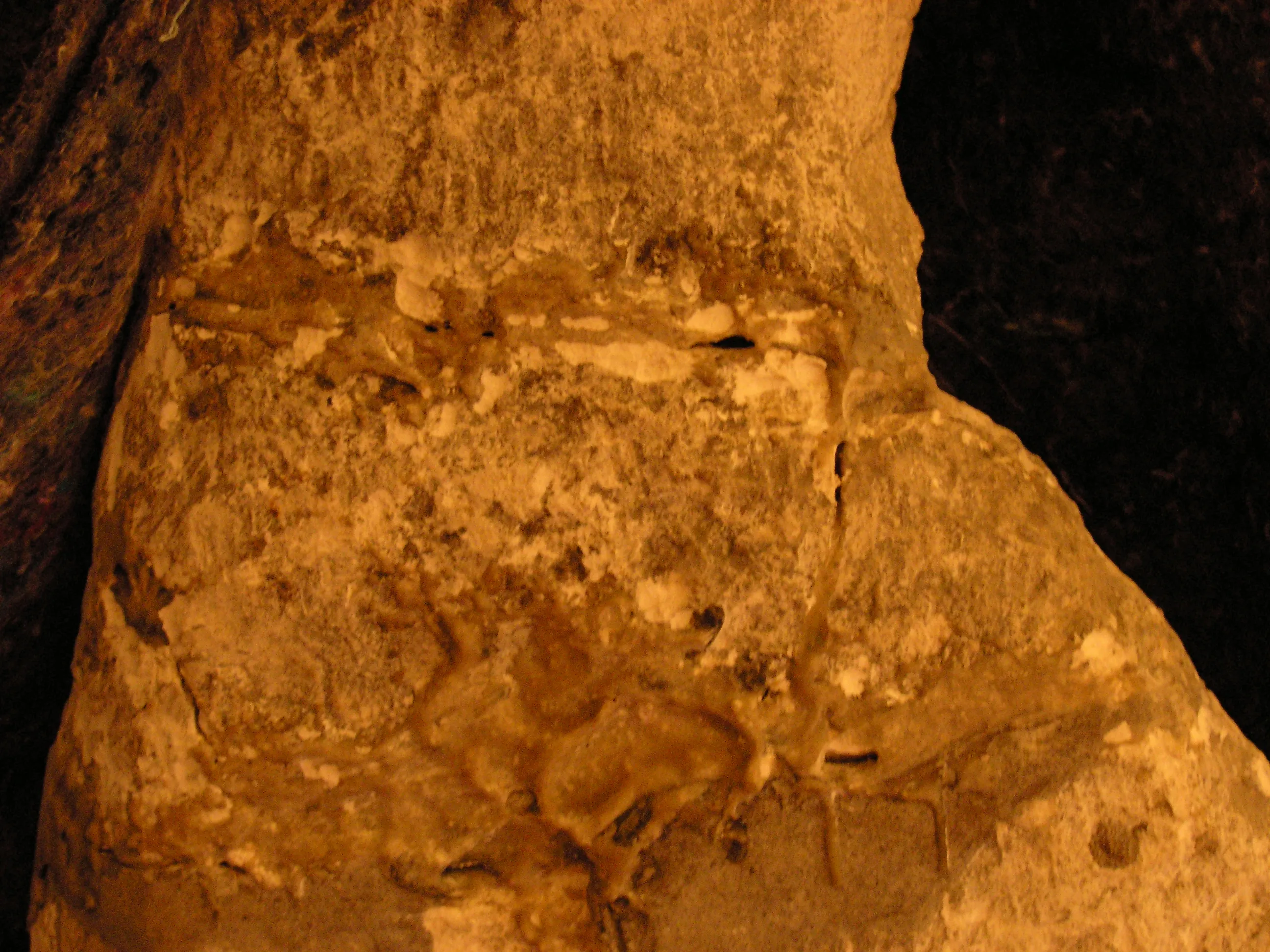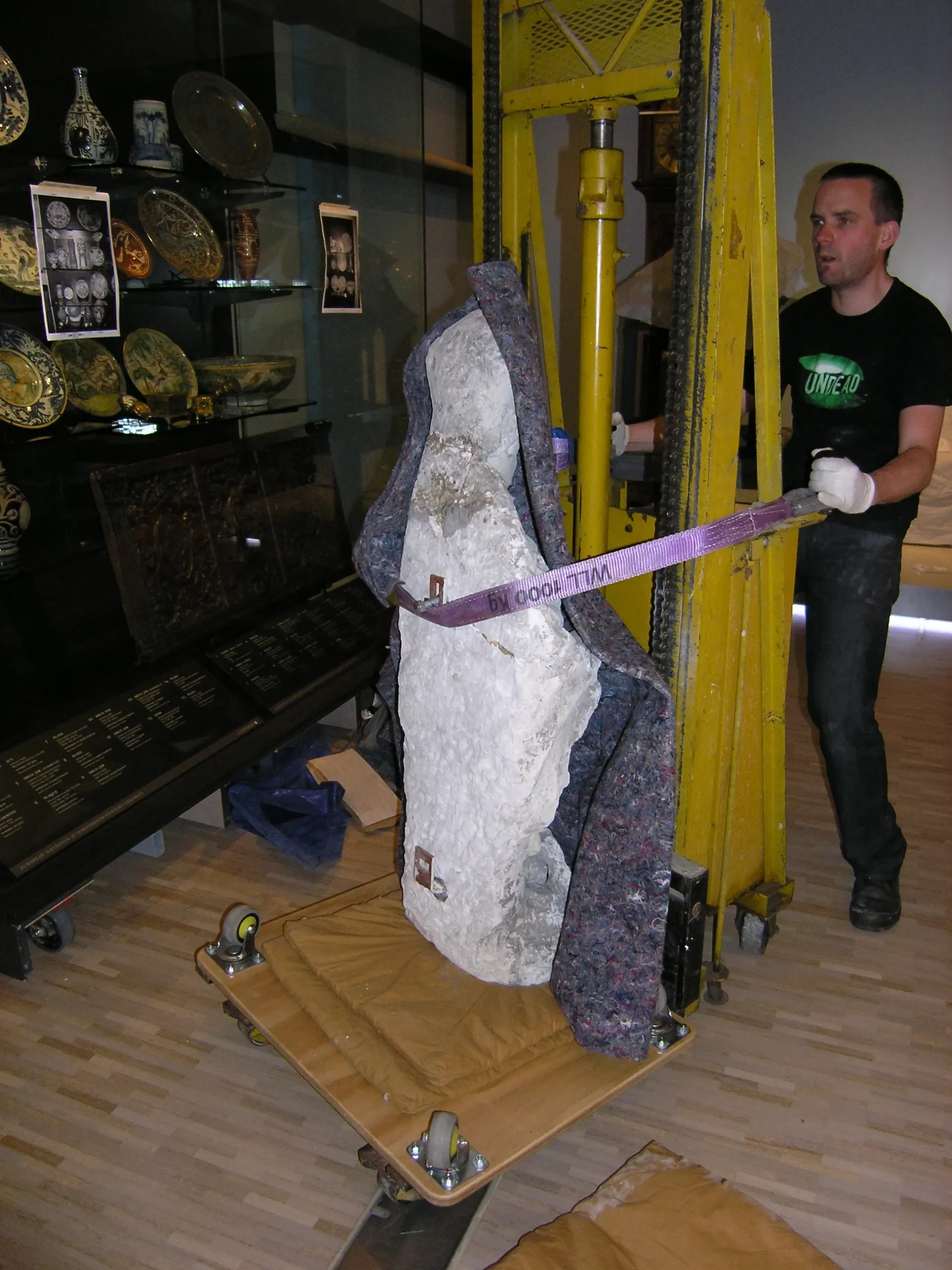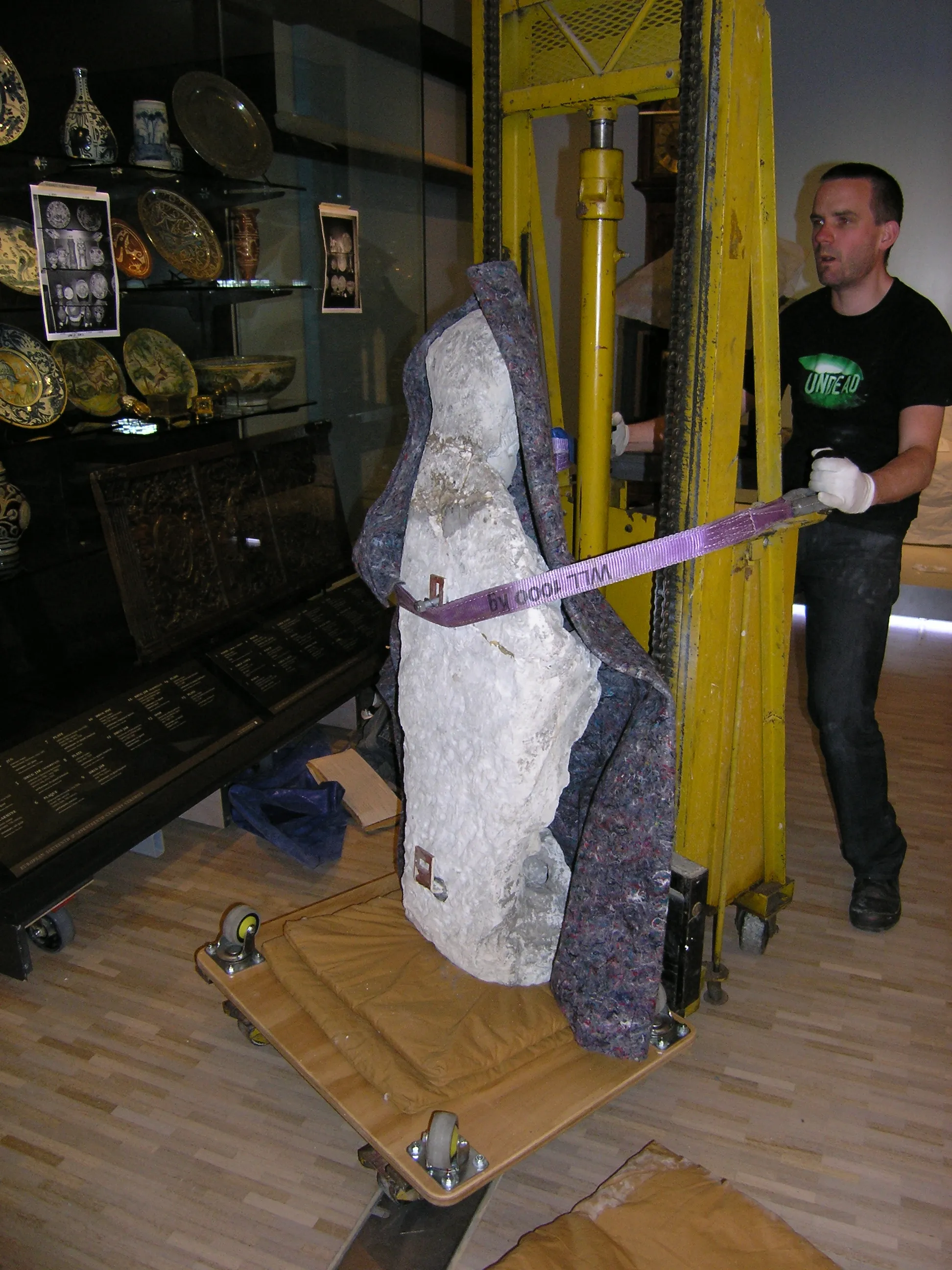
Ypres Landmarks: Discovering 10 Historic Sites
Table of Contents
Ypres Landmarks
Ypres, a city steeped in history and resilience, is a must-visit destination for travelers interested in exploring significant landmarks. The stunning architecture and poignant memorials throughout Ypres reflect the indomitable spirit of its people, especially in the wake of World War I. In this article, we will guide you through 10 incredible Ypres landmarks that encapsulate the city’s rich past, from the majestic Menin Gate Memorial to the calm of the Tyne Cot Cemetery. Join us as we delve into the stories behind these historic sites and discover why Ypres remains an essential part of European heritage.
Want to find the best travel deals for this destination? adventure planner expert with our adventure planning specialist!
1. Menin Gate Memorial: A Tribute to the Fallen

The Menin Gate Memorial stands as a poignant tribute to the soldiers who lost their lives during World War I, specifically those who fought in the Ypres Salient. Located at the entrance of Ypres, this monumental arch bears the names of over 54,000 soldiers who have no known graves. It serves as a powerful reminder of the sacrifices made during the war.
Each evening, visitors gather for the Last Post Ceremony, which has taken place since 1928. This moving ceremony is a must-see, as it honors the fallen soldiers with a bugle call and a moment of silence, allowing attendees to reflect on the impact of war.
The sheer scale of the memorial, combined with the emotional weight of its purpose, makes the Menin Gate an essential stop for anyone exploring Ypres landmarks.
2. Cloth Hall: A Symbol of Resilience and Reconstruction

The Cloth Hall, or Lakenhalle, is a remarkable architectural gem that represents Ypres’s spirit of resilience following the devastation of World War I. Initially built in the 13th century, the building has undergone extensive restoration, reflecting the city’s commitment to its history and Culture.
Visitors can admire the ornate façade and explore the In Flanders Fields Museum located within. The museum offers an immersive experience, showcasing the region’s role in the war and the impact it had on local civilians.
Notably, the Cloth Hall stands as a testament to rebuilding and maintaining heritage, making it a highlight among the Ypres landmarks that illustrate the city’s deep-rooted history.
3. Tyne Cot Cemetery: The Largest Commonwealth War Cemetery

Tyne Cot Cemetery is an expansive site that honors the memory of over 11,000 Commonwealth soldiers who perished during World War I. As the largest war cemetery in the Commonwealth, Tyne Cot provides a serene and respectful environment for reflection.
Located just outside Ypres, it features beautifully manicured lawns, gravestones, and the impressive Tyne Cot Memorial, which lists more than 35,000 names of soldiers who have no identified grave. As you wander through the cemetery, the palpable sense of peace allows visitors to connect with the profound loss experienced during the war.
For those exploring Ypres landmarks, Tyne Cot Cemetery offers a powerful reminder of sacrifice, serving as an essential stop for honoring the past.
4. In Flanders Fields Museum: Immersive War History

The In Flanders Fields Museum is an essential stop for anyone interested in the profound impact of World War I. Located in the heart of Ypres, this museum offers an immersive experience that transports visitors back in time. Utilizing innovative technology, it tells the haunting stories of soldiers and civilians caught in the conflict.
As you walk through the exhibits, you will encounter personal artifacts, photographs, and audio-visual installations that bring the war’s history to life. Notably, the museum emphasizes the significance of the Flanders region during the war. Moreover, the museum encourages visitors to reflect on the sacrifices made, fostering a deeper understanding of peace and remembrance.
In conclusion, visiting the In Flanders Fields Museum is a profound experience that enriches your knowledge of Ypres landmarks and the history surrounding them.
5. St. George’s Memorial Church: Reflecting British Heritage
Pro Tip: Book your Ypres adventures in advance through Viator for the best deals!

St. George’s Memorial Church stands as a tribute to the British soldiers who fought in World War I, making it a pivotal landmark in Ypres. Built in the 1920s, its architectural design captures the essence of British heritage. Furthermore, the church serves as a place of solace and reflection for visitors.
The interior is adorned with beautiful stained glass windows, each telling a story of sacrifice and remembrance. Additionally, the church hosts regular services and commemorative Events that welcome tourism while maintaining its sacred atmosphere. Visitors often feel a sense of peace when exploring this poignant site, where history resonates in every corner.
Ultimately, St. George’s Memorial Church is not only a religious location but also a significant cultural landmark. Be sure to include it in your itinerary when discovering Ypres landmarks.
6. Lest We Forget: The Last Post Ceremony at Menin Gate
The Last Post Ceremony at Menin Gate is a powerful and moving tribute that happens every evening. This iconic event honors the brave soldiers who lost their lives during World War I. As dusk settles, the ceremony creates an atmosphere of remembrance just outside the Menin Gate Memorial.
During the ceremony, buglers from the local fire brigade play the haunting notes of the Last Post, encapsulating the somber respect for the fallen. Moreover, attendees, including families and veterans, gather to pay their respects, creating a sense of community around the commemoration.
Importantly, the ceremony enhances your experience of Ypres landmarks by offering a personal connection to history. It’s a testament to the local dedication to never forget those who sacrificed everything for peace, providing a powerful conclusion to your day exploring the area’s historical sites.
7. Ypres Salient: A Battlefield Tour of Historical Significance
The Ypres Salient is not only a significant landmark but also an essential part of World War I history. This area was the site of some of the war’s fiercest battles, and today it draws visitors keen on exploring its profound narrative. You can walk through the very fields where soldiers fought bravely, and still, remnants of the past tell stories of courage and sacrifice.
Additionally, several memorials and cemeteries can be found within the Salient. These sites keep the memories of fallen soldiers alive. Therefore, if you are a history enthusiast, consider joining a guided tour. Such a tour offers insights that maps and books cannot convey.
“Visiting the Ypres Salient provides a unique perspective on the tragedies of war; it’s both sobering and enlightening.”
8. IJzertoren: The Tower of Peace and Remembrance
Tip: Discover the best Ypres experiences with Viator Tours!
The IJzertoren, or Yser Tower, stands as a powerful symbol of peace and remembrance in Ypres. This impressive structure, rising to a height of 84 meters, was built to honor those who suffered during World War I and to advocate for lasting peace. Inside, visitors can explore exhibitions that document the war experience and its impact on Belgium.
Moreover, the tower features a breathtaking viewpoint. From the top, you can enjoy stunning panoramic views of the surrounding landscape. Thus, it is the perfect place to reflect on history while appreciating the beauty of the region.
9. Flanders Fields American Cemetery: Honoring American Soldiers
The Flanders Fields American Cemetery is a poignant tribute to the American soldiers who made the ultimate sacrifice during World War I. Located just outside of Ypres, this well-kept cemetery features rows of white marble headstones, a testament to the bravery exhibited by these heroes. While visiting, you can pay your respects and reflect on the price of freedom.
Furthermore, the site includes a visitor center that provides important context to the Events surrounding the cemetery. Educational displays enhance your understanding of how these soldiers fought heroically in a foreign land. Consequently, it’s a fitting spot for anyone looking to delve deeper into the legacy of the Great War.
10. Ramparts of Ypres: Scenic Walks Through History
The Ramparts of Ypres offer a unique way to explore the rich history of this remarkable city. Constructed in the 13th century, these historical fortifications stand as a testament to Ypres’ strategic importance throughout the ages. Visitors can enjoy a leisurely stroll along the well-preserved ramparts, taking in the stunning views over the surrounding landscape.
Moreover, walking the ramparts provides insights into the city’s resilience during World War I. As you traverse the paths, you’ll encounter various plaques detailing significant Events, making it a perfect outing for history buffs. I found it fascinating how nature has reclaimed parts of this structure, offering a juxtaposition of beauty and history.
In addition to historical significance, the ramparts are also an ideal spot for relaxation and reflection. Feel free to bring a picnic and enjoy it while overlooking the serene moat beyond. Moreover, at sunset, the views are truly breathtaking.
The landmarks of Ypres serve as a poignant reminder of history and resilience, offering visitors a profound understanding of the Events that shaped this remarkable city. From the emotional tributes at Menin Gate to the immersive experiences within the In Flanders Fields Museum, Ypres allows travelers to connect deeply with its past. As you plan your journey, consider which of these landmarks resonates with you the most. Share your experiences below, and let’s honor the timeless stories embedded in Ypres’s historical sites.